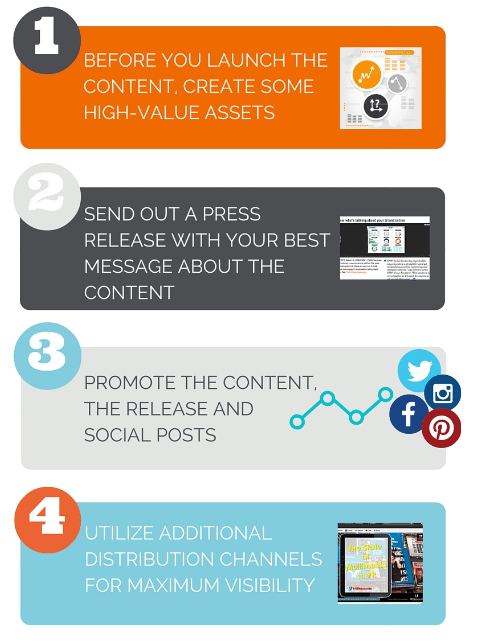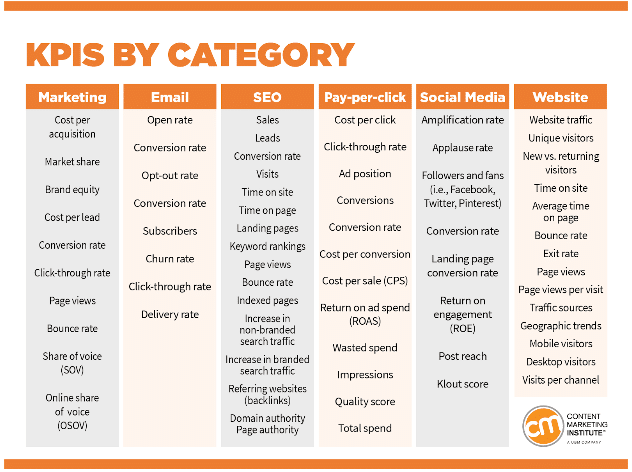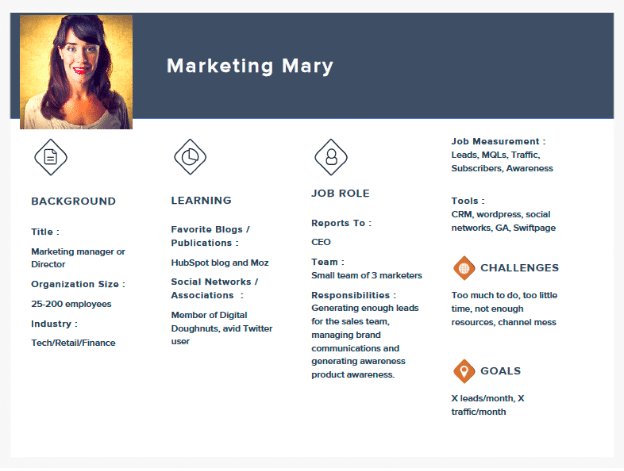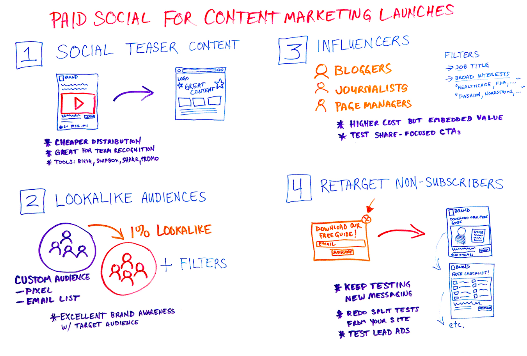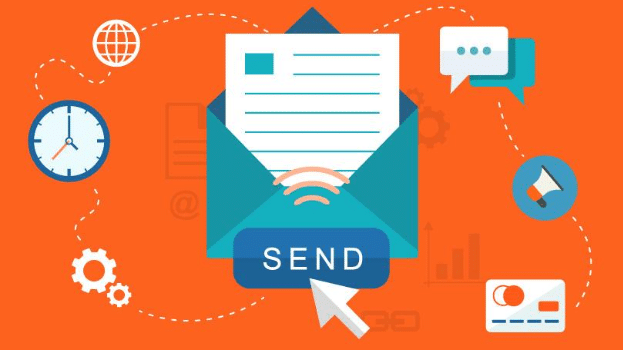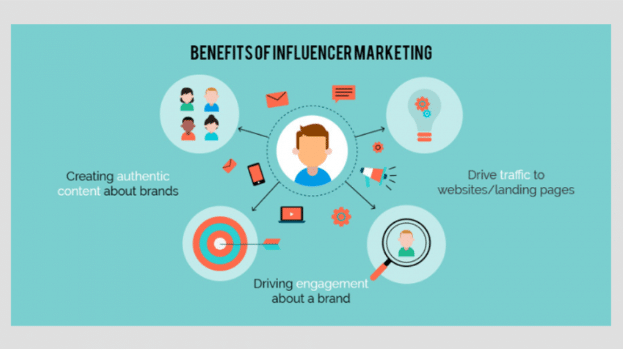A content distribution plan focused on search engine optimization and fresh content is key to building an online presence. This is why marketers routinely team up with copywriters to create fresh, relevant, and compelling text or video content. The higher the quality of the content, the more value it brings to the audience, which is crucial for expanding brand awareness.
But it isn’t enough to simply come up with great content. Ineffective content distribution will prevent you from reaching your intended audience and achieving your operational goals. Here are some of the most common content distribution mistakes and how to avoid them.
1. Working With an Inappropriate Distribution Plan
Working with the wrong distribution plan, or not having one at all, will negatively affect your content marketing efforts. Without a clear-cut and appropriate plan in place, you’re likely to use a distribution channel that is ill-suited to both your content and your audience. Failing to use a carefully-planned content distribution plan also makes it difficult to measure or track how well or poorly your content is working.
You can avoid these issues by developing a roadmap for the distribution of your content. Each piece of content will need its own map based on the content’s topic, your intended audience, and the results you expect to achieve. An essential element of your content distribution plan is determining which channels to promote each content piece through. Make sure to use your buyer persona to pinpoint which channels your audience uses. Some content pieces may perform better on your blog while others may achieve a higher ROI when distributed as landing pages.
Here’s an easy-to-follow template idea that outlines a content distribution plan.
2. Focusing on the Wrong KPIs
Key performance indicators (KPIs) are essential for determining how well your content distribution campaign is working, assuming that you’re monitoring the right KPIs. Placing undue focus on the wrong KPIs will give you an inaccurate picture of your content’s effectiveness. What’s worse, it can lead you to believe that your content distribution is more effective than it actually is.
Let’s say you’ve uploaded a video to YouTube. Using video marketing metrics, you track how many “likes” your video receives. A high number of “likes” may indicate that your video is popular with your audience, but “likes” don’t indicate how many times your video has been shared. Even if your video gets a good number of “likes,” there’s a chance it isn’t reaching as many people as you would wish. More so, “likes” have nothing to do with conversion, and the goal of any content piece is to convert your audience members into customers.
When deciding which KPIs to monitor, always consider your intended audience, the message you are communicating, and the reaction you expect. Monitoring the right KPIs is especially important to helps refine your content to achieve maximum conversions.
3. Unfamiliarity With Your Audience
Knowing your audience’s needs is essential for fine-tuning your content distribution plan. After identifying your target audience, you must determine where they spend most of their online time and how to capture their attention.
Not being familiar with your audience’s needs will cause you to unnecessarily focus time and resources on channels they may not even utilize. You also run the risk of failing to reach them when they’re most likely to follow your call to action (CTA). This is why your buyer persona is of the utmost importance when you’re creating a content distribution plan.
Copypress, an industry leader in content creation, does a wonderful job of explaining how to use your buyer persona to create targeted content. If you don’t yet have a buyer persona, you need one ASAP. Here’s a helpful article from Business.twitter that will help you not only create personas but also map your content according to the buyer’s journey.
At the heart of your buyer persona is the very essence of your ideal customer. The buyer persona will outline your ideal customer’s hobbies, likes, income, age, gender, location and much more. Most importantly, it will highlight the challenges the customer faces. Knowing the pain points of your audience is vital for creating a content distribution plan that achieves a high ROI. When you identify with pain points and interact with your audience in ways that bring value to their lives, that’s when conversions will start to take place.
4. Underutilizing Paid Campaigns
You can gain plenty of mileage with organic content distribution. However, don’t neglect the value of paid distribution channels. A paid channel will prove extremely helpful during the launch of a new campaign, especially when you want to achieve quick results.
One of the easiest ways to maximize your paid campaign efforts is to measure the success of your organic efforts. Using metrics and analytics, identify the content pieces that are performing best on an organic basis. These are the pieces to devote your paid efforts toward. If some pieces are already increasing organic traffic, just imagine the traction they’ll gain when you boost them with sponsored posts and pay-per-click (PPC) advertising.
Although you ultimately want to generate as much organic traffic as possible, paid distribution gives your campaign a much-needed boost during the initial stages.
5. Neglecting Your Email Marketing
As effective as email marketing is, it remains woefully underutilized. For most people, email marketing seems to be little more than an afterthought, with automated emails comprising the bulk of their efforts in that area.
But email newsletters are still effective channels for content distribution. They allow you to reach your audience via a direct and personal channel. Furthermore, they provide you a way to keep your existing customers in the loop while allowing you to attract new ones.
As with most aspects of content distribution, effective email marketing requires quite a bit of effort on your part. First, you have to determine which aspects of your campaign are getting the results you desire and which ones you need to modify for better results. The pieces that are performing well are the ones you want to highlight through email marketing efforts. You should also take steps to ensure that your email isn’t flagged as spam and that it translates well to mobile devices.
6. Using the Same Strategy on All Your Social Media Networks
Adopting a one-size-fits-all approach to your social media content distribution won’t likely achieve the results you want. Different social media platforms tend to attract different audiences, meaning there are considerable variances in the age, interests, preferences, and online habits of those audiences.
When distributing content across social media, always use your buyer persona to determine which platforms your audience spends the most time on. Whether it’s Facebook, Twitter or LinkedIn, you will have to tailor your content to the specific platform to maximize the effectiveness of your distribution. Reading comments and engaging with users will improve the results of your social media content distribution efforts.
7. Failing to Maximize Relationships
Marketing thrives on both new and existing relationships. Underutilizing existing relationships and neglecting to establish new ones prevents you from maximizing the potential of your content distribution.
Establishing new relationships can be a painstaking process, and it will take some time before you begin to see results. However, the results will become apparent over time, and the process of maintaining these relationships can be automated to a considerable degree.
You might find it useful to maintain a database that contains the contact information of all your network contacts, including any influencers. When you create a content distribution plan for a specific piece of content, make sure to consider which contacts can help you promote the content. Check out this HubSpot article to learn more about influencer marketing.
Need help creating a content distribution plan? IGW is ready to assist with all of your content marketing plans.


